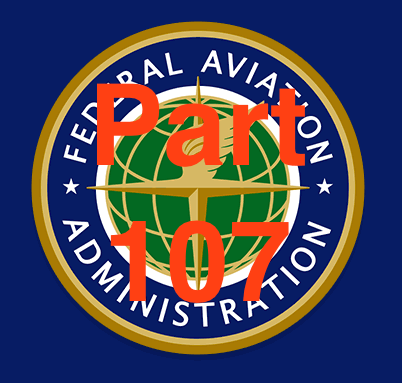
The drone industry has been vocal in its reaction to Part 107. Manufacturers like DJI have invested resources in helping the FAA to craft the new rules; global retailers like Amazon have become active – and deep-pocketed – lobbyists in Washington. The new regulations, like every political result, represent a compromise between politicians and manned aircraft organizations concerned about drone privacy and safety, and the drone industry hoping to remove any barriers to innovation. A compromise, some industry stakeholders say, that doesn’t offer enough for broader applications in the commercial drone industry.
Attorney Rosanna Sattler, partner at Boston law firm Posternak, Blankstein & Lund, Chair of the firm’s Space Law and Telecommunications Group, disagrees. “The FAA is always looking to enhance commercial endeavors, not thwart them,” she says, commenting that while applications like drone delivery won’t happen immediately, the FAA is making progress towards new regulation. “They are moving forward…it’s always more slowly than industry would like.”
Some of the obvious winners in the new regulations are drone businesses based around aerial imagery, like those catering to real estate, insurance, journalism, or marketing. The biggest and most obvious change in the law is in what it takes to get a commercial drone certification: “Part 107 acknowledges the reality that you do not have to have a pilot’s license to fly a drone,” says Sattler. Sattler points out that the previous system of Section 333 Exemptions not only required a licensed pilot, but took significant time: “For a lot of routine things, this is going to remove a logjam.”
The removal of the pilot’s license requirement in favor of a training course and exam means that far more small businesses can open their doors, with less time, money and staff to do so; any application that doesn’t require flight beyond visual line of sight (BVLOS) or at night – and there are many – will see more drone operators available.
Other winners? Drone training companies, who will work with new operators to receive their certifications; drone insurers, who will be insuring a new influx of commercial enterprises; drone software providers; small drone and accessory manufacturers; and – inevitably – drone repair services.
Industrial operations requiring highly skilled operators, large drones, or special equipment may be unaffected by the regulations for some time. As BVLOS flight and flight over people not directly involved in the operation still require an FAA waiver, those applications will continue to be limited. Drone delivery, as many experts have pointed out, is still a long way off.
But as reactions to the regulations make clear, not everyone will benefit from the change. Drone companies who invested in Section 333 Exemptions – and some of those services companies specializing in helping them to obtain exemptions – may see a drop in business as new competition floods the market. “It seems our Section 333 is just a pretty piece of paper now,” says one drone business owner, who did not wish to be named. “It’s a big change.” Drone companies who bet that the FAA would not release the new regulations this year and applied for the Section 333 Exemption recently are understandably frustrated that their investment may have proved unnecessary. Other companies formed around a business model of providing licensed operators along with software – such as those in the agriculture sector – may have to readjust quickly to a Software as a Service model as more growers decide to operate their own drones.
But for immediate winners and losers as a result of Part 107, the new regulations represent a step forward towards drone integration; more drones in the sky will lead to a greater comfort level in the public and, as a natural outcome, by politicians. The more responsible commercial drone operators that fill the sky, the safer that sky will be – which is a win for everyone in the industry.
Miriam McNabb is the Editor-in-Chief of DRONELIFE and CEO of JobForDrones, a professional drone services marketplace, and a fascinated observer of the emerging drone industry and the regulatory environment for drones. Miriam has penned over 3,000 articles focused on the commercial drone space and is an international speaker and recognized figure in the industry. Miriam has a degree from the University of Chicago and over 20 years of experience in high tech sales and marketing for new technologies.
For drone industry consulting or writing, Email Miriam.
TWITTER:@spaldingbarker
Subscribe to DroneLife here.